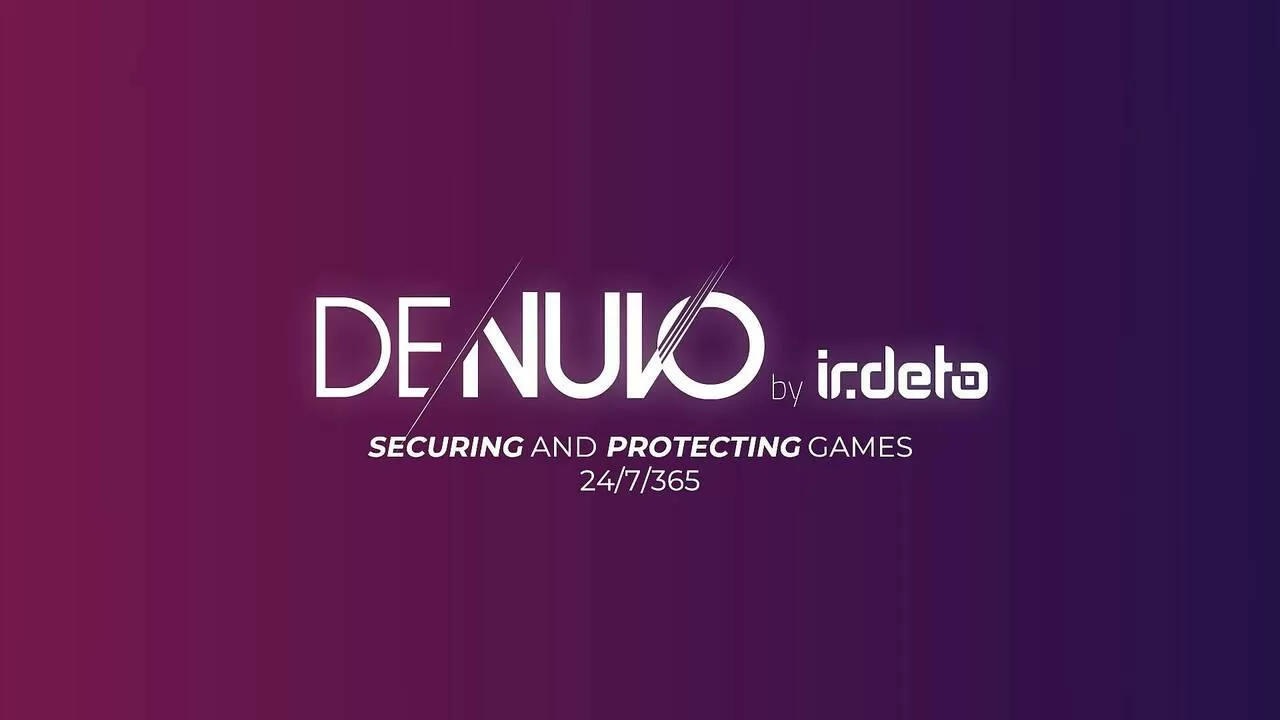LectureMaster
Gold Member

Denuvo's new feature can invisibly watermark your game footage so publishers can track down leakers. - GamerReporter
Denuvo's New Watermarking Feature: A Game-Changer for Content Security
 gamerreporter.com
gamerreporter.com
Denuvo’s New Watermarking Feature: A Game-Changer for Content Security
Denuvo by Irdeto has introduced a feature at the Game Developers Conference (GDC) 2024, aimed at curbing the rampant issue of pre-release game leaks. Dubbed “TraceMark for Gaming,” this new technology could redefine how game developers and publishers safeguard their intellectual property during the sensitive pre-release phase.
What is TraceMark for Gaming?
TraceMark for Gaming leverages what Irdeto describes as “core invisible watermark technology,” which has been trusted by Hollywood studios, sports leagues, and pay-TV operators. Essentially, this tool allows developers to embed a unique identifier, or watermark, into game footage. These watermarks can be either visible or invisible, providing a dual approach to tracking leaks.
The invisible aspect is particularly intriguing; it means that leakers might not even know their content carries a traceable mark. According to Irdeto, this watermark can withstand various forms of tampering like changes in luminance, blurring, and cropping, ensuring that the identification remains intact even if attempts are made to obscure it.
The Mechanics and Applications
TraceMark can be integrated into a game’s development cycle at various stages, from internal playtesting to sending out review copies. Each build or copy of the game can be uniquely marked, giving developers the ability to trace any leaked content back to its source. This feature is especially useful during:
- Internal Playtests: To monitor who might be leaking content from within the development team.
- Closed Beta Tests: Ensuring that beta testers under NDAs do not share unauthorized content.
- Review Copies: Allowing publishers to trace leaks back to specific critics or influencers.
Industry Reactions and Implications
The introduction of TraceMark for Gaming has sparked a variety of reactions within the gaming community:
- Developers and Publishers: Many are likely to welcome this technology, especially those who have suffered from leaks that could spoil the surprise of their game’s launch or even impact sales. The ability to maintain secrecy and control over content distribution could be a significant relief, particularly for high-profile releases.
- Gamers and Content Creators: There’s a mixed bag of sentiments here. While some appreciate the effort to protect game integrity, others are wary of Denuvo’s involvement due to its history with DRM (Digital Rights Management). Denuvo DRM has been criticized for allegedly impacting game performance, leading to a negative perception among some players.
- Privacy Concerns: The technology raises questions about privacy, especially if not well-regulated. There’s a fine line between protecting content and potentially infringing on user privacy, especially if the watermarks could be used to track individuals beyond the intended scope.
TraceMark for Gaming represents a step forward in content security, but it also poses ethical and privacy challenges. Here are some considerations:
- Effectiveness: While the technology promises precision in tracking, its real-world effectiveness will be tested against sophisticated leakers or those with access to advanced cracking tools, much like the ongoing battle with traditional DRM.
- Performance Impact: Given Denuvo’s history, concerns about whether this watermarking will affect game performance or user experience are valid. Irdeto would need to ensure that this feature does not add to the already existing criticisms of their products.
- Legal and Ethical Boundaries: The use of such technology needs clear guidelines to prevent misuse, ensuring it’s used strictly for identifying content leaks rather than broader surveillance.
Denuvo’s TraceMark for Gaming is undoubtedly an innovative solution for an industry plagued by leaks, but its adoption will be closely watched. Developers might embrace this tool for the peace of mind it offers, but the community will be keen to see if it can be implemented without the downsides that have historically come with Denuvo’s solutions. As with all technology that intersects with creativity and privacy, balance is key.
For now, as we await more feedback from both developers and gamers, TraceMark for Gaming stands as a testament to the ongoing battle between content creators and those who would share it prematurely.





